Tchokht Pervatsar (Zuyg Paravazhar) Monastery
Location
The monastery is located 1,7 km south-east of the village of Zardanashen (Zardarashen or Verin Taghavard) in Martuni region of the Artsakh Republic, at the top of a high forested mountain range, at an altitude of 1383 meters above sea level. It is presently occupied by Azerbaijan.
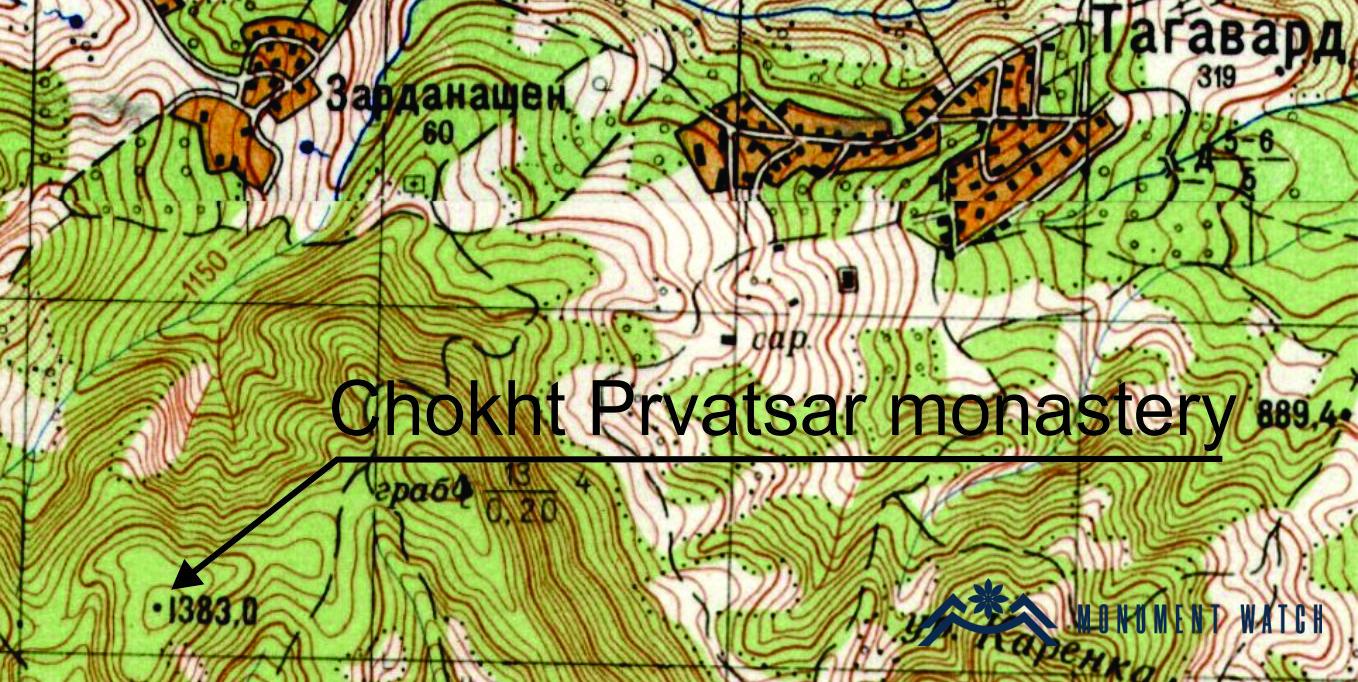
Historical overview
By the end of the 19th century, the complex was completely underground, covered with trees and shrubs. There was seen only one khachkar, which became a place of pilgrimage. One of the villagers decided to build a chapel here, while digging the foundation, the church and the narthex were opened (Leo 1985, 28-29, Barkhutaryants 1895, 91). Two khachkars were also unearthed with very remarkable inscriptions (according to Barkhudaryants, both inscriptions were engraved on the same obelisk, Barkhutaryan 1895, 91). One of them says։ “St. Petros: I erected this cross for the salvation of my soul and my parents. Now, who worships this holy sign, remember me in your prayers and let God remember you: in the year of 997”. The second inscription is as follows: “St. Poghos: in the years of the pious and spiritual lord – Bishop Hovhannes of Amaras, and the lord of the state, Gagik – Prince of Princes of Aghvank, I – Father Kirakos, the leader of the holy covenant, the cousin of Kokona…” (Barkhutariants 1895, 91, cf. Leo 1985, 29).
These important inscriptions provide evidence that the monastic complex already existed in the late 10th century, that it was part of the Amaras Diocese and politically was within the state of the Prince of Princes of Aghvank or, according to other sources, King Gagik (cf. CAI 5, 173, Hakobyan 2020, 242-243). It should be noted that Artsakh and Utik, which were annexed by the Sasanian court to the kingdom and the church of Caucasian Albania in the 5th century, were later also called Aghvank, that is, in this case it is not Caucasian Albania or Albania proper situated north of the Kur, but Artsakh – here, the kingdom/principality of Southern Artsakh or Gorozu. Unfortunately, the khachkars (or the khachkar) were no longer in situ at the beginning of this century. It is possible that they were covered again with a layer of soil and vegetation.
Architectural-compositional description
Regardless of the importance of the monastery, especially when we consider the rich inscriptional material (there are about a dozen of them, they refer to the 10th-13th centuries, Barkhudaryants published six of them, see Barkhutariants 1895, 90-91), during the years of independence it has not been particularly examined, measured or cleaned. According to the available data, the monastery consists of two groups of church structures. The southern group includes two church-chapels (Figs. 1, 2), the northern group (Fig. 3), which is included in the wall (Fig. 4), consists of a church and a narthex. It was opened at the end of the 19th century, from where the abovementioned inscriptions are known. All the structures are vaulted halls, built of large rough stones and lime mortar. About a dozen khachkars and sculpted fragments belonging to the 10th-13th centuries have been preserved in the area of the monument (5).
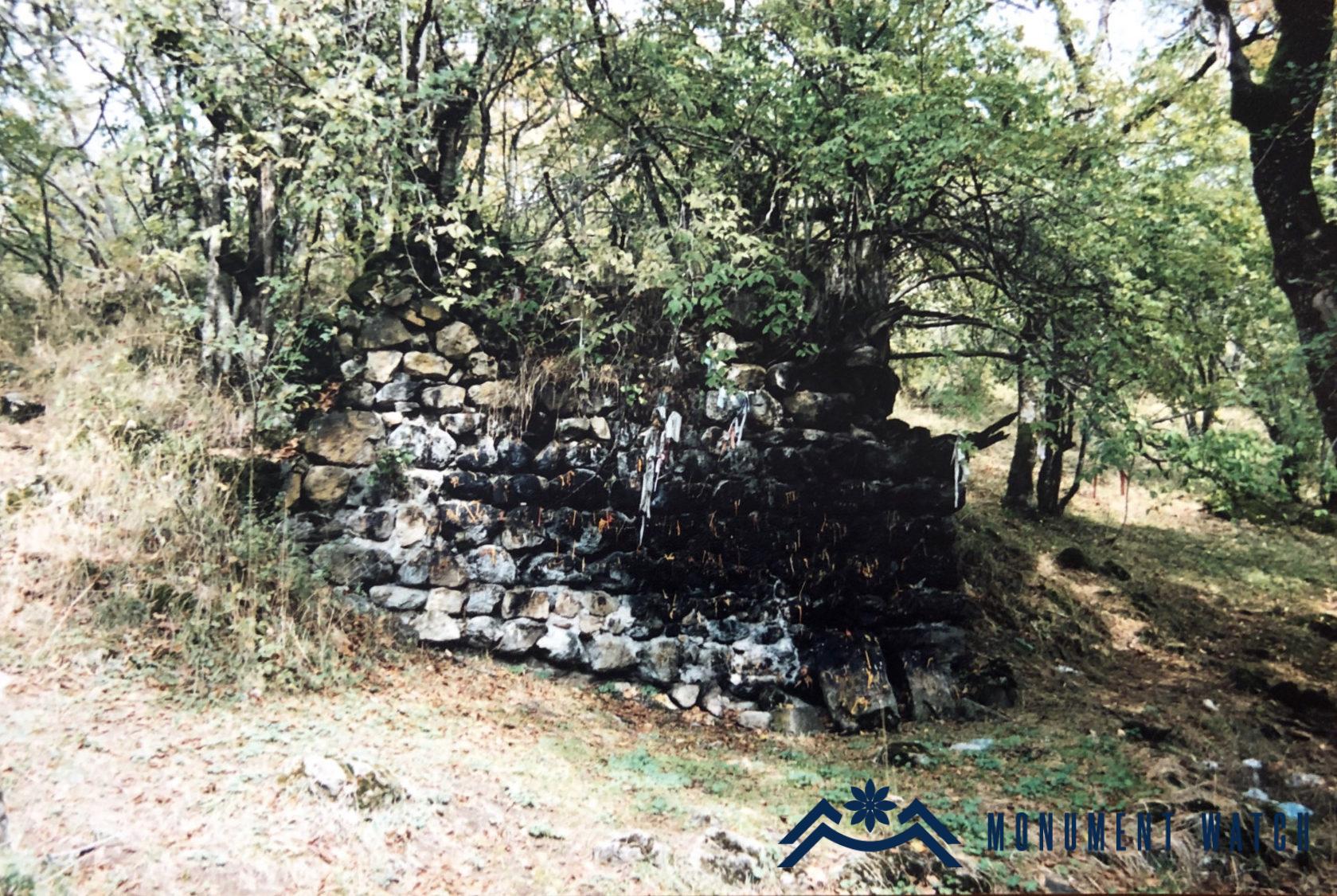
Fig. 1 The southern group of structures, photo by H. Petrosyan.
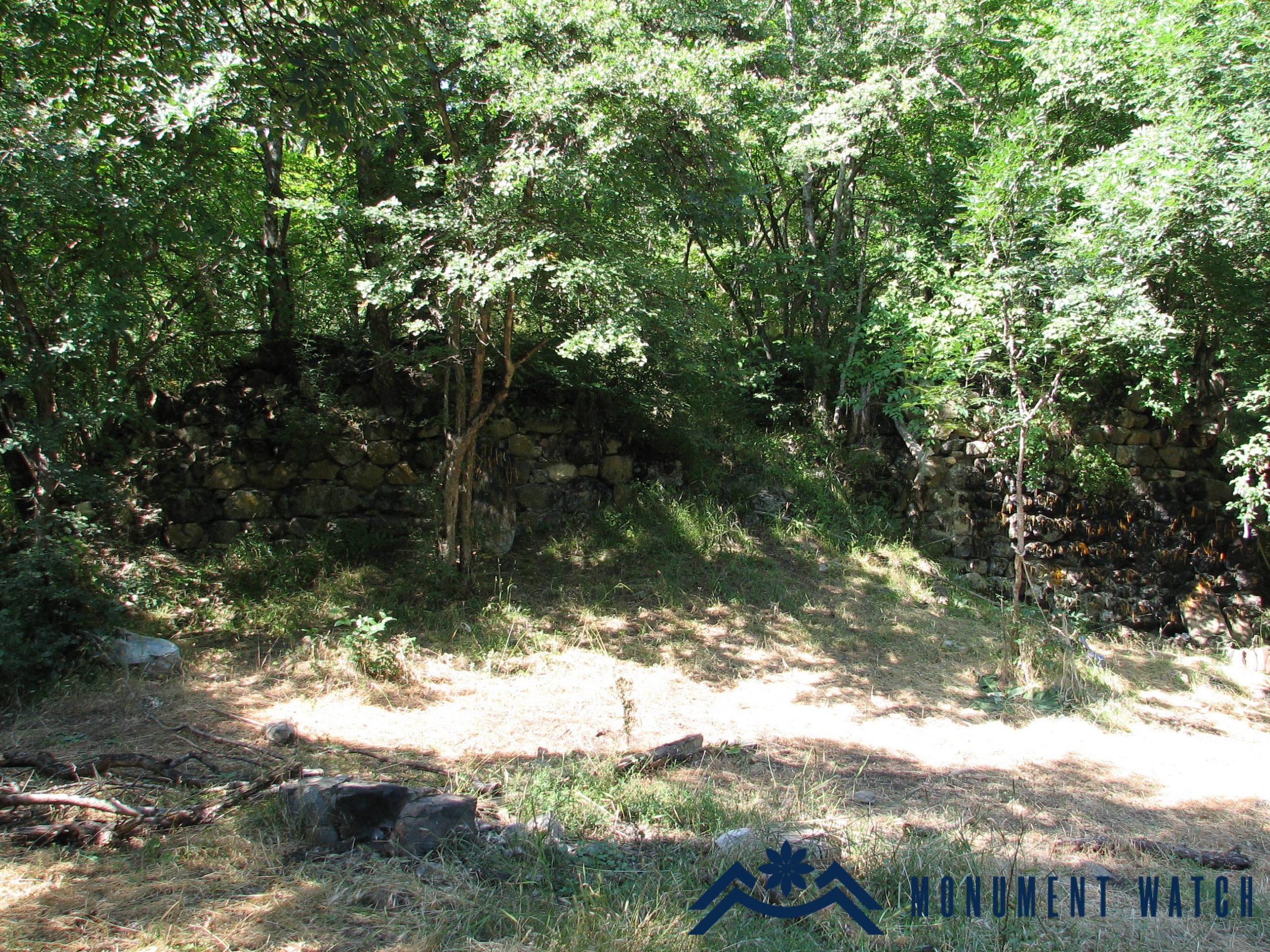
Fig. 3 The northern group of structures, photo by L. Hovhannisyan.
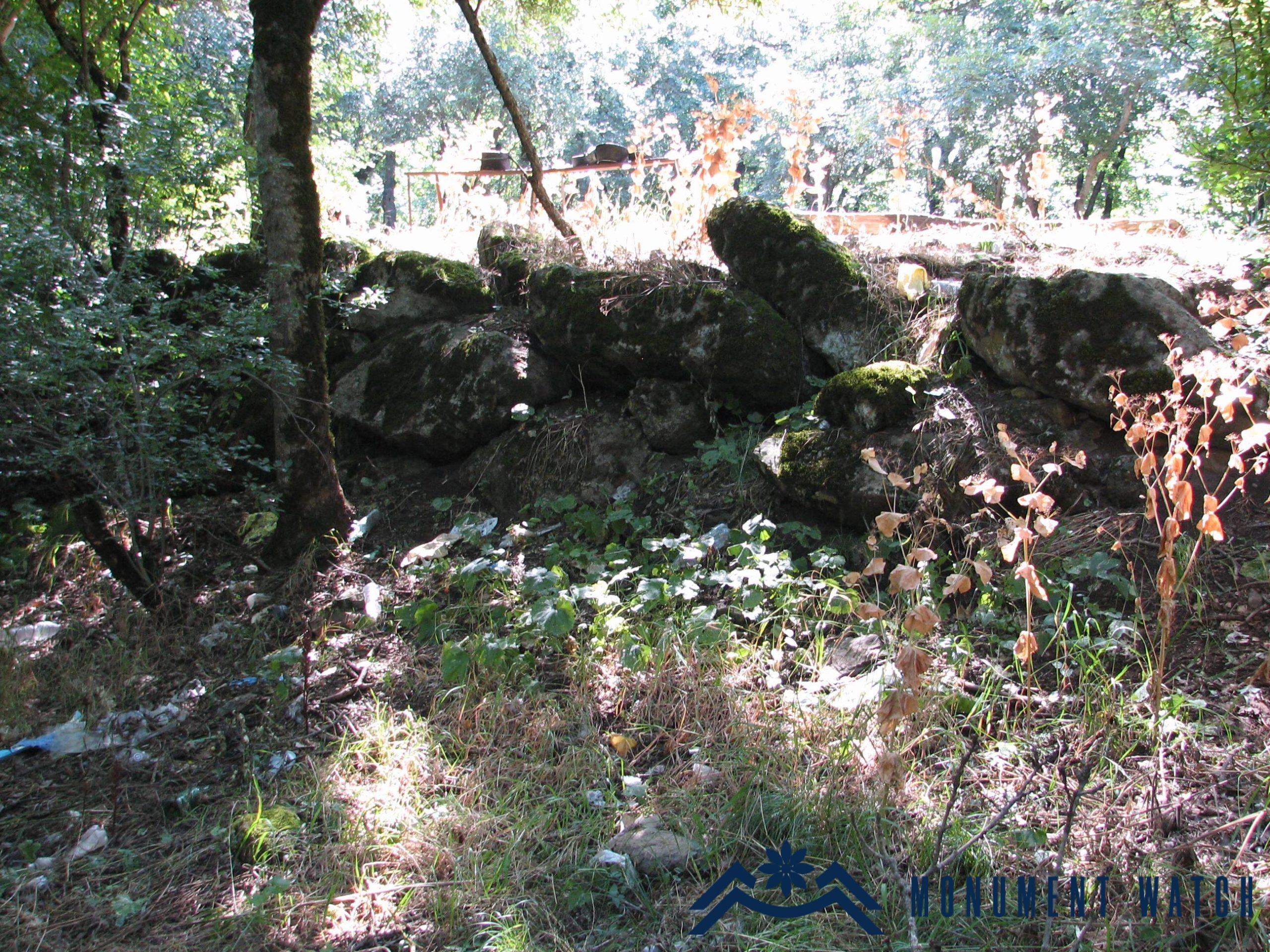
Fig. 4 A segment from the ramparts involving the northern group, photo by L. Hovhannisyan.
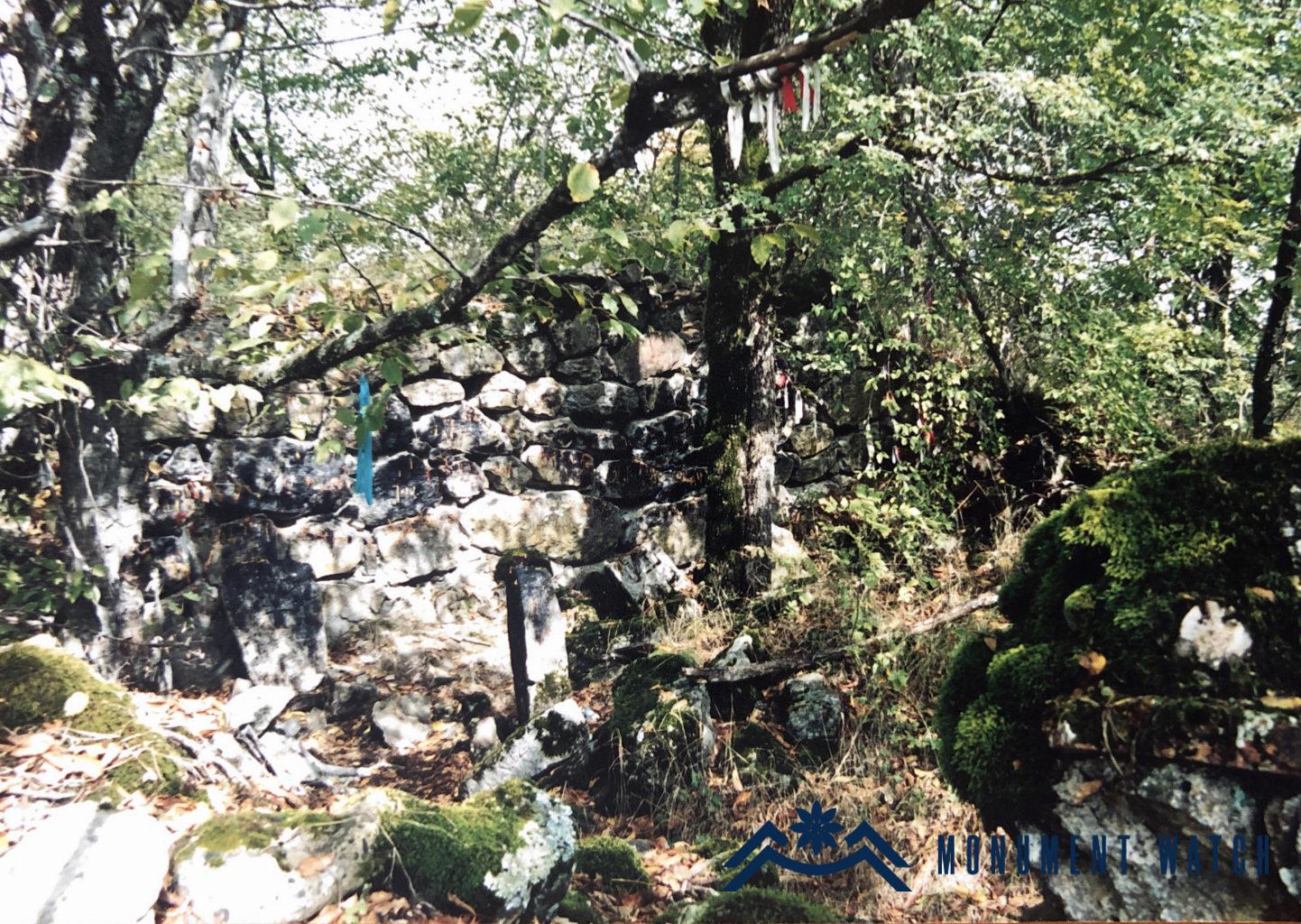
Fig. 2 The southern group of structures, photo by H. Petrosyan.
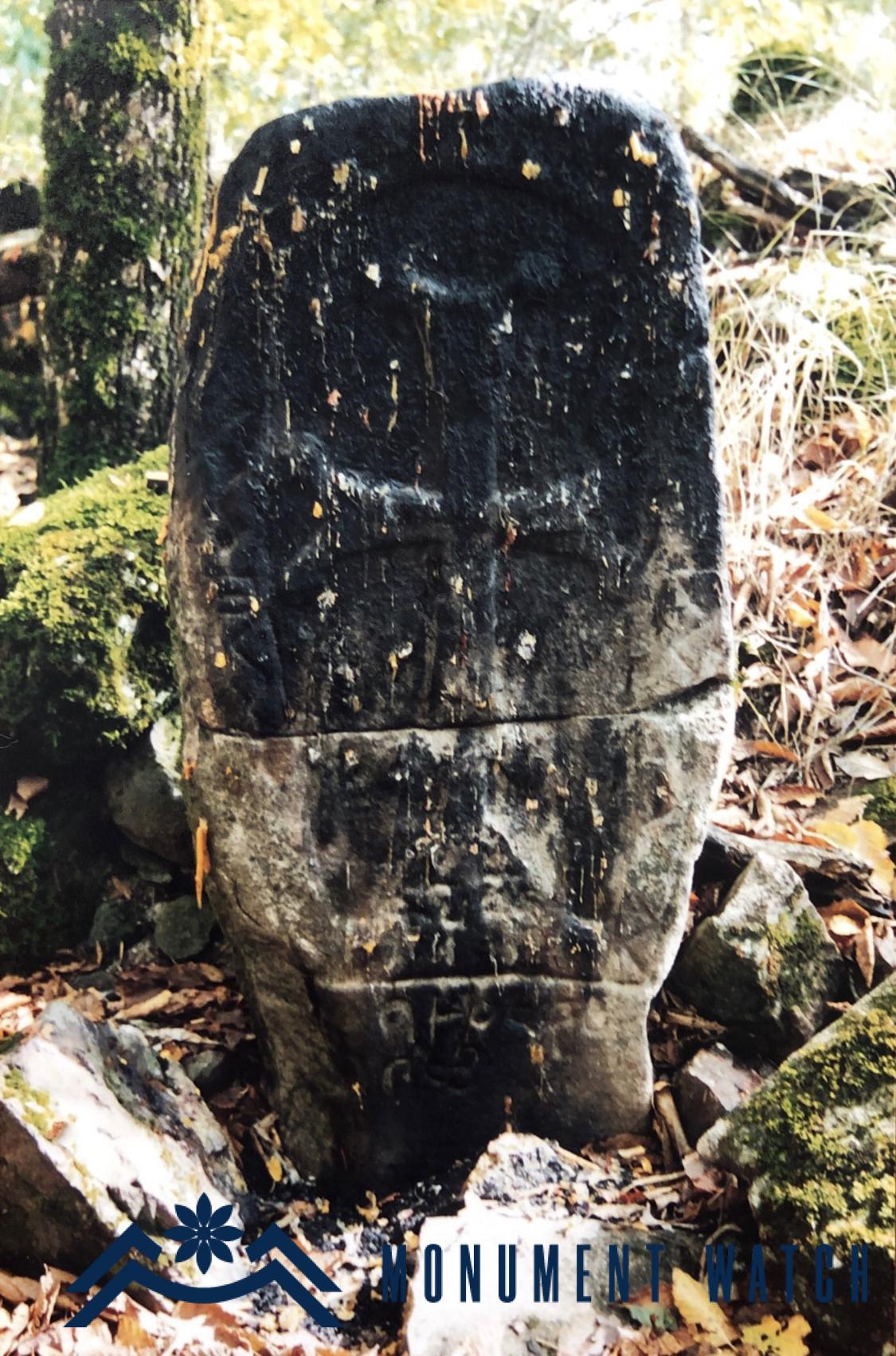
Fig. 5 Khachkar, 10th-11th centuries, photo by L. Hovhannisyan.
The condition before and after the war
The monastery did not suffer during the First Artsakh Aar. During the 44-day war and after the occupation there is no information about the condition of the monastery.
Bibliography
- Barkhutaryants 1895 – Barkhutaryants M., Artsakh, “Aror”.
- Leo 1985 – Leo, The Pilgrim’s Diary, Leo, Collection of Works, “Soviet Writer” Publishing House, Yerevan.
- Hakobyan 2020 – Hakobyan A., The Royal and Princely Houses of Proper Albania and Eastern Regions of Armenia from Antiquity to the 13th century (Historical and Source Study Examination), “Science”, Yerevan.
- Mkrtchyan Sh., Historical and architectural monuments of Nagorno Karabakh, Yerevan, “Hayastan” Publishing House, 1985.
Tchokht Pervatsar (Zuyg Paravazhar) Monastery
Artsakh